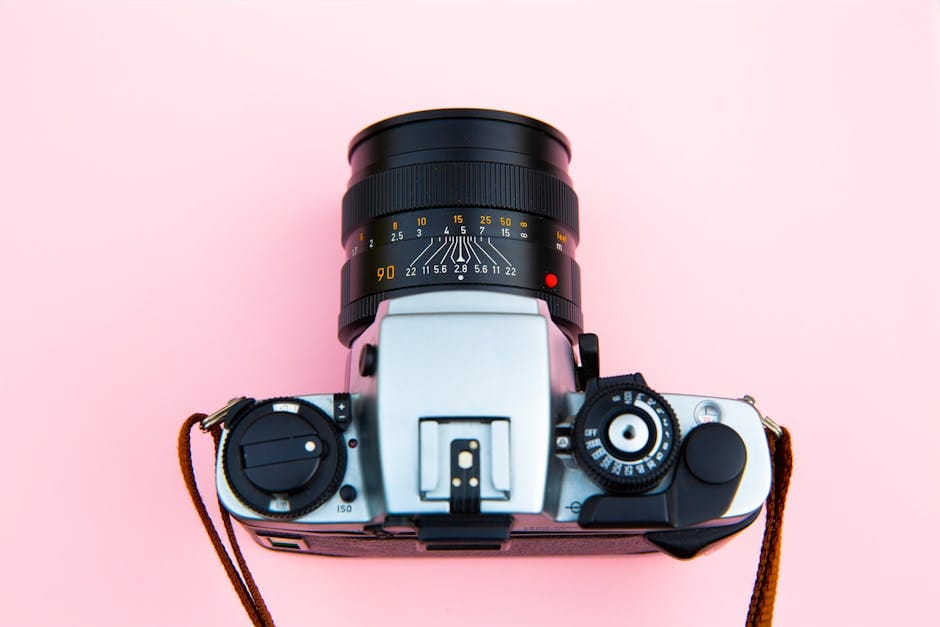Hip flexors, a group of muscles located at the front of your thighs, play a crucial role in various movements, including walking, running, and kicking. However, prolonged sitting, sedentary lifestyles, or certain activities can lead to tight and inflexible hip flexors, causing discomfort, pain, and reduced mobility. Unlocking these muscles is essential for optimal hip function and overall well-being.
**Understanding Hip Flexors**
Hip flexors consist primarily of the iliopsoas muscle, which connects the lower spine to the femur (thigh bone), and the rectus femoris muscle, located on the front of the thigh. These muscles work together to flex the hip, allowing you to bend it forward. Tight hip flexors can restrict the range of motion in the hip joint, causing pain and tightness.
**Causes of Tight Hip Flexors**
Several factors can contribute to tight hip flexors, including:
* **Prolonged sitting:** Sitting for extended periods with your hips flexed, such as at a desk or while driving, can shorten and tighten the hip flexors.
* **Sedentary lifestyle:** Lack of regular physical activity that engages the hip flexors can lead to muscle weakness and tightness.
* **Certain sports and activities:** Activities that involve repetitive hip flexion, such as running, cycling, or dancing, can strain the hip flexors.
* **Improper posture:** Poor posture, such as standing or sitting with your hips tilted forward, can put excessive stress on the hip flexors.
**Symptoms of Tight Hip Flexors**
Tight hip flexors can manifest in various symptoms, including:
* Pain or discomfort in the front of the hip or thigh
* Stiffness or limited range of motion in the hip joint
* Difficulty performing activities that require hip flexion, such as squatting or running
* Back pain or lower back discomfort
**Unlocking Hip Flexors**
Unlocking tight hip flexors involves stretching and strengthening exercises to improve flexibility and range of motion. Here's a comprehensive guide:
**Stretching Exercises:**
* **Standing quad stretch:** Stand with your feet hip-width apart. Bend your right knee and grasp your right ankle with your right hand. Pull your heel towards your buttock, keeping your knee pointing towards the ground. Hold for 30 seconds and repeat with the left leg.
* **Kneeling hip flexor stretch:** Kneel on the floor with your right knee bent at a 90-degree angle and your left leg extended behind you. Lean forward and gently push your hips forward until you feel a stretch in the front of your right thigh. Hold for 30 seconds and switch legs.
* **Half-kneeling hip flexor stretch:** Kneel on the floor with your right knee bent at a 90-degree angle and your left leg extended in front of you. Keep your right foot flat on the floor and lean forward, hinging at the hips. Hold for 30 seconds and repeat with the left leg.
**Strengthening Exercises:**
* **Squats:** Stand with your feet shoulder-width apart. Bend your knees and lower your body until your thighs are parallel to the floor. Keep your back straight and push back up to the starting position.
* **Lunges:** Step forward with your right leg and bend both knees. Lower your body until your right thigh is parallel to the floor and your right knee is directly above your ankle. Push back up to the starting position and repeat with the left leg.
* **Plank:** Hold a plank position with your forearms on the floor and your body in a straight line from head to heels. Engage your core and hold for as long as possible.
**Tips for Unlocking Hip Flexors**
* **Incorporate regular stretching:** Aim to stretch your hip flexors daily or at least three times per week. Hold each stretch for 30-60 seconds.
* **Strengthen your hip flexors:** Include hip flexor strengthening exercises in your workouts twice or three times per week. Perform each exercise with proper form and gradually increase the intensity and frequency as you progress.
* **Avoid prolonged sitting:** If you have to sit for long periods, take frequent breaks to stand up and move around. Use a lumbar support cushion to support your lower back and reduce hip flexor tightness.
* **Warm up before exercise:** Always warm up before engaging in activities that involve hip flexion, such as running or dancing. This prepares your muscles for the activity and reduces the risk of tightness.
* **Listen to your body:** Pay attention to any pain or discomfort in your hip flexors. Stop the activity and rest if you experience pain. Consult a healthcare professional if the pain persists or worsens.
By following these tips and consistently practicing the recommended exercises, you can effectively unlock your hip flexors, improve your mobility, and alleviate discomfort. Remember to be patient and consistent with your efforts, and consult a healthcare professional if you have any underlying conditions or concerns.
